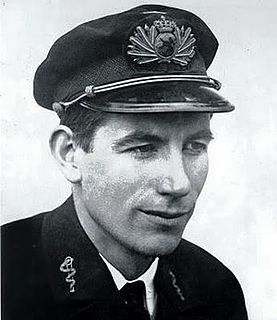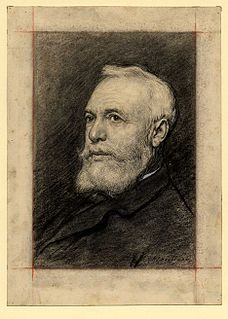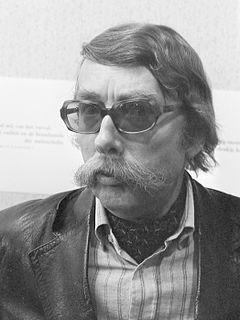The Leven van Lutgart or Leven van Sinte Lutgart is a 13th-century anonymous Middle Dutch verse hagiography of St Lutgardis, sometimes attributed to William of Afflighem, [1] based on the Latin Vita Lutgardis by Thomas of Cantimpré. The Digital Library for Dutch Literature lists it as one of the thousand works in the Canon of Dutch Literature.
Middle Dutch is a collective name for a number of closely related West Germanic dialects whose ancestor was Old Dutch and was spoken and written between 1150 and 1500. Until the advent of Modern Dutch after 1500, there was no overarching standard language, but all dialects were mutually intelligible. During the period, a rich Medieval Dutch literature developed, which had not yet existed during Old Dutch. The various literary works of the time are often very readable for speakers of Modern Dutch since Dutch is a rather conservative language. Nonlinguists often refer to Middle Dutch as Diets.
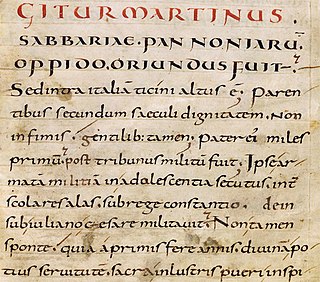
A hagiography is a biography of a saint or an ecclesiastical leader. The term hagiography may be used to refer to the biography of a saint or highly developed spiritual being in any of the world's spiritual traditions.
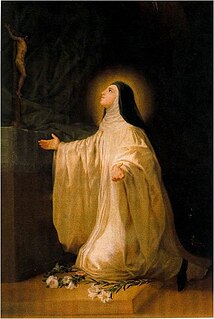
Saint Lutgardis of Aywières is a saint from the medieval Low Countries. She was born in Tongeren, known as Tongres in French, and entered into religious orders at the age of twelve. During her life various miracles were attributed to her, and she is known to have experienced religious ecstasies. Her feast day is June 16.
Originally compiled in three books, the second and third survive in an illuminated manuscript in the Royal Library, Copenhagen (shelfmark NKS 168 kvart). These were first published in an edition by Frans van Veerdeghem in 1899. [2] A partial translation into contemporary Dutch was published in 1996. [3]

An illuminated manuscript is a manuscript in which the text is supplemented with such decoration as initials, borders (marginalia) and miniature illustrations. In the strictest definition, the term refers only to manuscripts decorated with either gold or silver; but in both common usage and modern scholarship, the term refers to any decorated or illustrated manuscript from Western traditions. Comparable Far Eastern and Mesoamerican works are described as painted. Islamic manuscripts may be referred to as illuminated, illustrated or painted, though using essentially the same techniques as Western works.

The Royal Library in Copenhagen is the national library of Denmark and the university library of the University of Copenhagen. It is among the largest libraries in the world and the largest in the Nordic countries. In 2017 it merged with the State and University Library in Aarhus to form a combined national library. The combined library organisation is known as the Royal Danish Library.

Copenhagen is the capital and most populous city of Denmark. As of July 2018, the city has a population of 777,218. It forms the core of the wider urban area of Copenhagen and the Copenhagen metropolitan area. Copenhagen is situated on the eastern coast of the island of Zealand; another small portion of the city is located on Amager, and is separated from Malmö, Sweden, by the strait of Øresund. The Øresund Bridge connects the two cities by rail and road.
